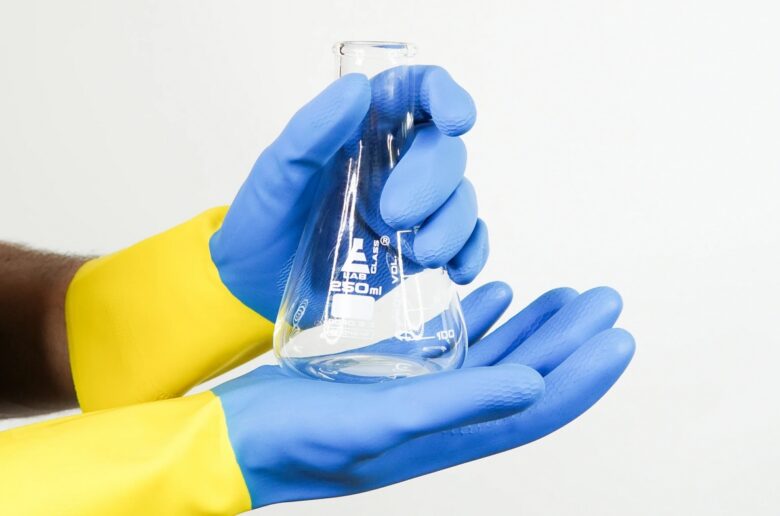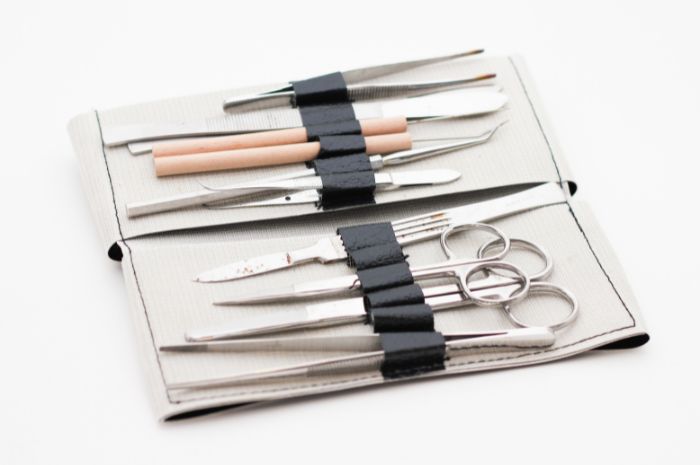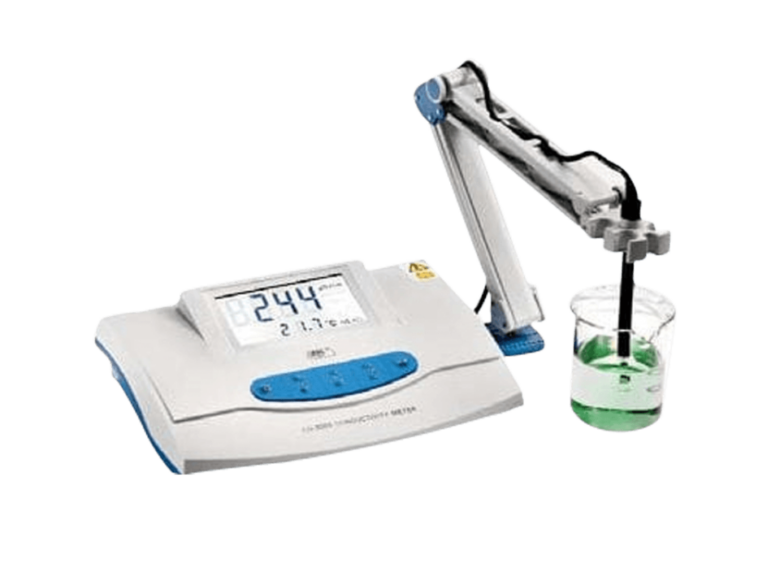Setting up a home lab with the equipment you will need for high school science can be intimidating at first. However, most of the things you need can be purchased relatively inexpensively and you can use substitutes in some cases. Much of the equipment that you might find in a high school or university lab, such as an ultra-low temperature freezer and a centrifuge, won’t be needed in a home lab. You will be doing much simpler experiments and if you need a piece of expensive or hard-to-find equipment for a single lab experiment you can usually skip that lab or find a suitable substitute. Here are some of the tools and materials you might want to buy for your home school lab:
Contents
1. Safety Equipment

Source: cornerstone-edsupply.com
Safety first, always. Safety goggles, gloves, and lab coats are essential for any science lab. It’s important to ensure that all safety equipment is of good quality and properly fits the user. Most importantly, teach the students how to use the equipment properly and model always using safety tools during any lab.
2. Microscopes
A good microscope is essential for a homeschool science lab. It’s important to invest in a quality microscope that has good magnification and clarity. Many homeschool families spend more on their microscope than any other part of their lab. While it is important to have a good microscope, some features, such as magnification, lens quality, and focus are more important than others, such as the ability to connect to a phone or take pictures. You should be able to get a high-quality student microscope suitable for high school-level science for less than $400.
3. Glassware
Glassware such as beakers, test tubes, and pipettes are essential for conducting experiments. You can buy these in sets or individually. Most science kits come with these tools, and if you purchase a chemistry or biology lab kit you will probably have more than enough of these. One kit is probably enough for all your high school science needs, and you will only need to add additional chemicals or other components for later subjects or students if you run out or need something specific.
4. Dissection Kits

Source: journeyhomeschoolacademy.com
For biology experiments, you’ll need a dissection kit that includes scalpels, scissors, and forceps. If you plan to do any dissections in your homeschool, make sure that you order a dissection kit that has everything you need. Not all students or curricula still do dissection, and some use virtual dissections instead of real ones for squeamish students or to save money. What animals you dissect and how many you do will be dependent on your curriculum, your student’s needs, and their future plans.
5. Chemicals
Some science experiments require specific chemicals. If you are needing a lot of chemicals for a chemistry curriculum or lab book, it is sometimes cheaper to purchase a chemistry kit. Most chemistry kits contain the basic chemicals needed for high school labs. If your guide or textbook calls for some items that aren’t in your kit, you can usually order them separately. In many cases, the chemicals needed for home labs are already found in your house or can be easily purchased in grocery stores. Things like sugar, baking soda, hydrogen peroxide, and Epsom salts are all common ingredients in lab experiments.
Make sure to follow all safety instructions when handling and storing your chemicals. If you need to save your materials for future children, make sure that they are stored correctly, out of reach of children, and away from heat.
6. Thermometers
A thermometer is essential for measuring temperature in various experiments. In many cases, a digital meat or candy thermometer is sufficient. Make sure that your thermometer will go high enough for the labs you will be doing. In general, candy thermometers go higher than meat thermometers. If you need a special thermometer for your experiments you might have to order one from a science supply store.
7. pH Meter or Strips

Source: labassociates.com
A pH meter is essential for experiments that require measuring the acidity or alkalinity of a solution. Depending on your labs, you might be able to use a pH meter or strips from a local hardware store or pet supply store. Some of these meters won’t measure very high or very low pH, so make sure you understand the labs you will be using them for before purchasing one.
8. Heat Sources
You will need a heat source for many of your labs. For home science kits, your stovetop or microwave might be sufficient. If your stovetop has coils or open flames, be very careful using it with glass beakers and chemicals. For many labs, you will need a heat source designed for that purpose such as a hotplate, alcohol lamp, or Bunson burner. A Bunsen burner is a common lab tool used for heating and sterilizing. Make sure that you understand the heat source required for your labs before you begin, and follow all safety instructions.
9. Balance or Scale
A balance or scale is needed for measuring the mass of various objects and substances. Today, most people use digital scales. For laboratory use, you may be able to use a kitchen scale but your measurements need to be very precise. In some cases, you can’t find a kitchen scale that is reliable or precise enough to measure chemicals. A digital lab scale will be needed in these cases.
10. Magnets

Source: learning-center.homesciencetools.com
Magnets are useful for various physics experiments. If you are using a physics kit, you may have all the magnets you need. If you are putting together your own physics kit, consider buying magnets of varying strengths and shapes. You will also need iron filings for some experiments done with magnets.
11. Circuit Kits
For electricity and electronics experiments, you’ll need circuit kits that include wires, batteries, and other components. If your children are interested in electricity, consider purchasing a circuit kit with all the components and instructions they will need. Other students will only be doing a few experiments with electricity and may only need basic supplies like batteries, wires, and LED bulbs.
12. Models and Charts
Models and charts can be helpful for visualizing various scientific concepts. Many science supply companies offer models such as human body models, model kits of various atoms, and models of the solar system. These models are of varying use in the home lab and many people get by without them. They can be expensive but will help to cement concepts in students’ minds. Many visual and hands-on students enjoy working with models more than reading textbooks.
13. Reference Books

Source: humilityanddoxology.com
A good collection of reference books on various scientific topics can be helpful for homeschooling students. Make sure to choose books that are age-appropriate and contain accurate information. Reference books and experiment guidebooks are essential in performing complicated labs safely and understanding the results.
Conclusion
While it is beneficial and enjoyable to have proper lab equipment, in the home lab where space and money are at a premium many people find that substitutions are available and work just as well. Other people prefer to spend money on a lab kit that has everything they need and avoid the hassle of looking for individual items. No matter how you choose to stock your home lab setup, your students will benefit from these experiences.
